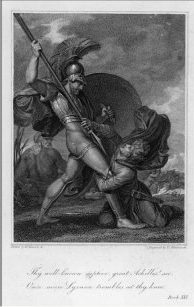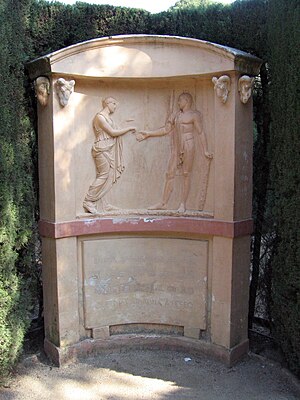
If it looks like a duck, swims like a duck, but doesn’t quite quack like a duck, then maybe it is not a duck. Just because we see one or even a few features in the gospels that we recognize from historical or biographical writings, we cannot assume that the gospels are therefore history or biography. Formal features can be easily copied from one genre and applied to another.
Mere formalities of style — word-choice, content, syntax — that appear to be trademarks of one particular genre can and often are copied and re-used in other genres for special effects.
There can be no such thing as a completely new genre emerging on the scene. No-one would know how to understand any such beast. New genres emerge through borrowing one or two elements at a time from other genres and repackaging them into another genre so they convey new meanings.
To understand the gospels it is a good idea to have a reasonable grasp of the wider literary world of the gospels. How else can we evaluate a study that purports to argue that the gospels are “ancient biographies” by means of drawing attention to certain formal features in common? I suggest the reason Burridge’s Are the Gospels Really Biography has apparently won widespread acceptance among biblical scholars is that relatively few such scholars have given much time to studying ancient literature. What accord hath Christ with Belial?
This post looks at how ancient Greek novels — fictional narratives — borrowed some of the literary formalities of well-known works of history. It is worth keeping such examples in mind whenever one encounters arguments that the gospels themselves are some form of history on account of similar formal resonances with non-fiction literature of the day.
As in the preceding posts, much of the following draws upon Cueva’s The Myths of Fiction, although Cueva does not himself discuss biblical literature at all. Those comparisons here are mine alone. Continue reading “Historical Imitations and Reversals in Ancient Novels — and the Gospels?”



